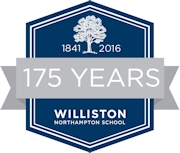 “Bad orthography, bad penmanship, or bad grammar— bad habits in any of the rudiments— if they be not corrected in the preparatory school, will probably be carried through College and not unlikely extend themselves to other studies and pursuits; whereas the habit of doing every thing well, so far as he goes, will likewise follow the student as long as he lives, and give completeness to whatever he does.”
“Bad orthography, bad penmanship, or bad grammar— bad habits in any of the rudiments— if they be not corrected in the preparatory school, will probably be carried through College and not unlikely extend themselves to other studies and pursuits; whereas the habit of doing every thing well, so far as he goes, will likewise follow the student as long as he lives, and give completeness to whatever he does.”
So wrote Samuel Williston, in his 1845 Constitution of Williston Seminary. Surviving examples of Sam’s handwriting suggest a measure of hypocrisy where penmanship was concerned. In fairness, Sam had poor vision and hadn’t enjoyed the benefits of a Williston education.
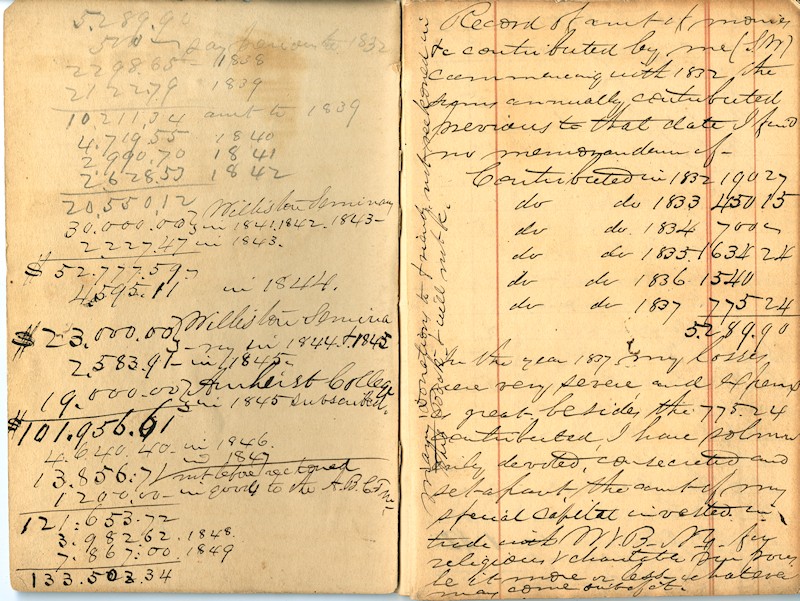
A course in penmanship was an option, sometimes a requirement, at Williston Seminary from the very beginning until late in the 19th century. There are suggestions that ducking out of it could have serious consequences.
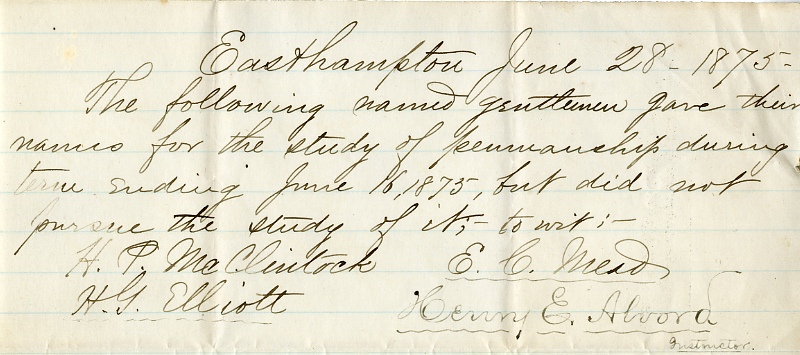
The Archives have a few examples of penmanship workbooks. Instruction appears to have largely consisted of students being asked to write the same thing over and over again, in the hope that practice would eventually lead to success. Pupils also appear to have been encouraged to try different handwriting styles.
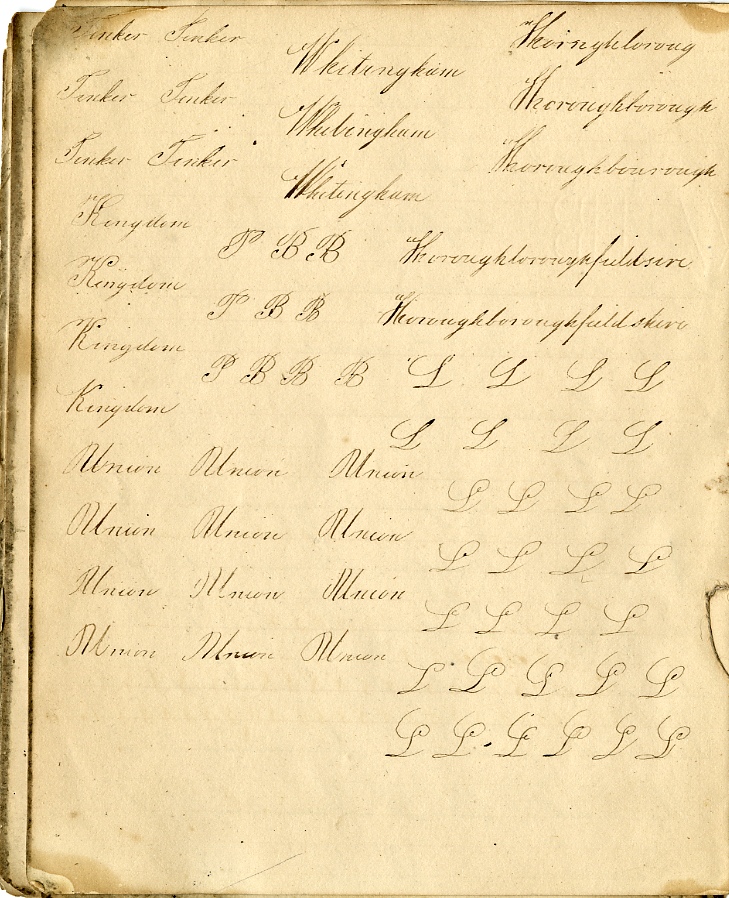
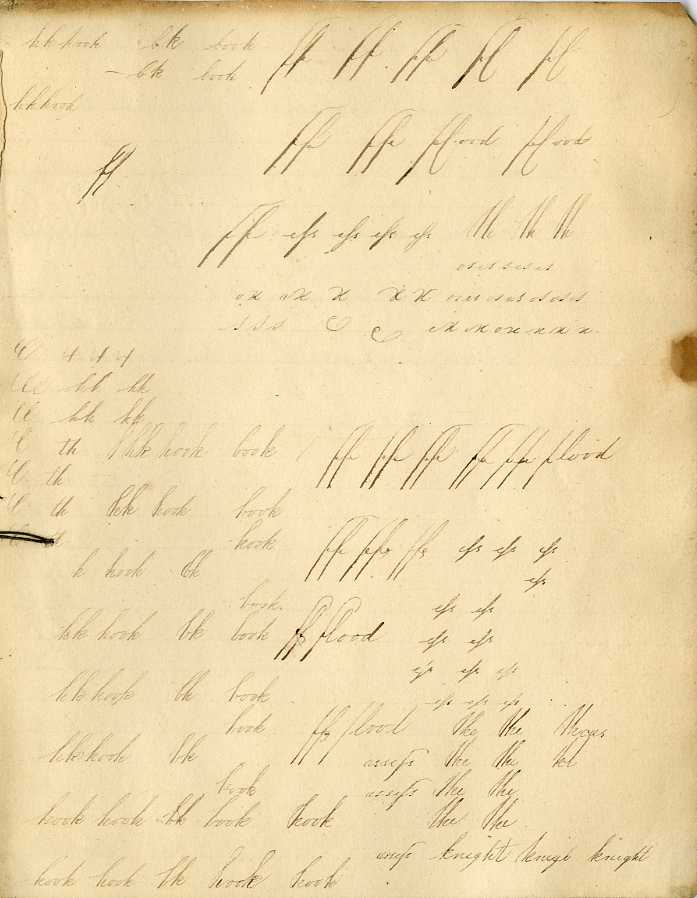
The preceding examples are workmanlike at best. But some students enjoyed considerable success. The following is from an autograph book kept by Samuel Baxter “Philo” Allis, class of 1880.
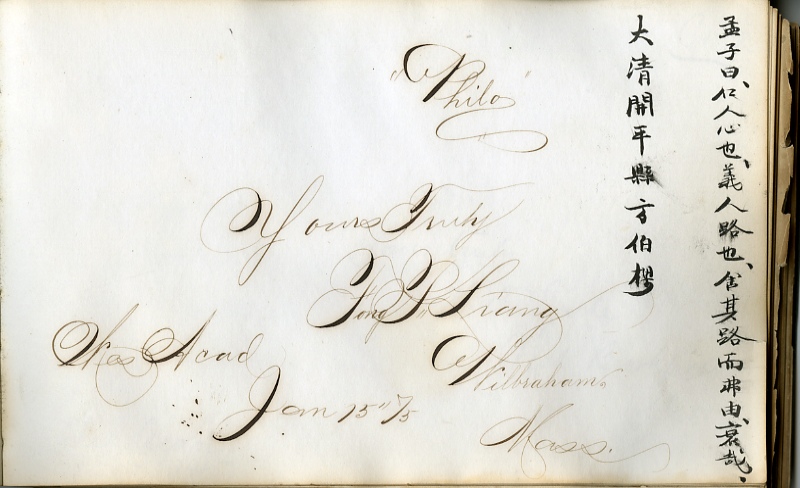
Finally, here are several pages from a penmanship sampler kept by Luther Hart Potter, class of 1857. Potter was pretty good at the task, and imagined himself teaching calligraphy someday.
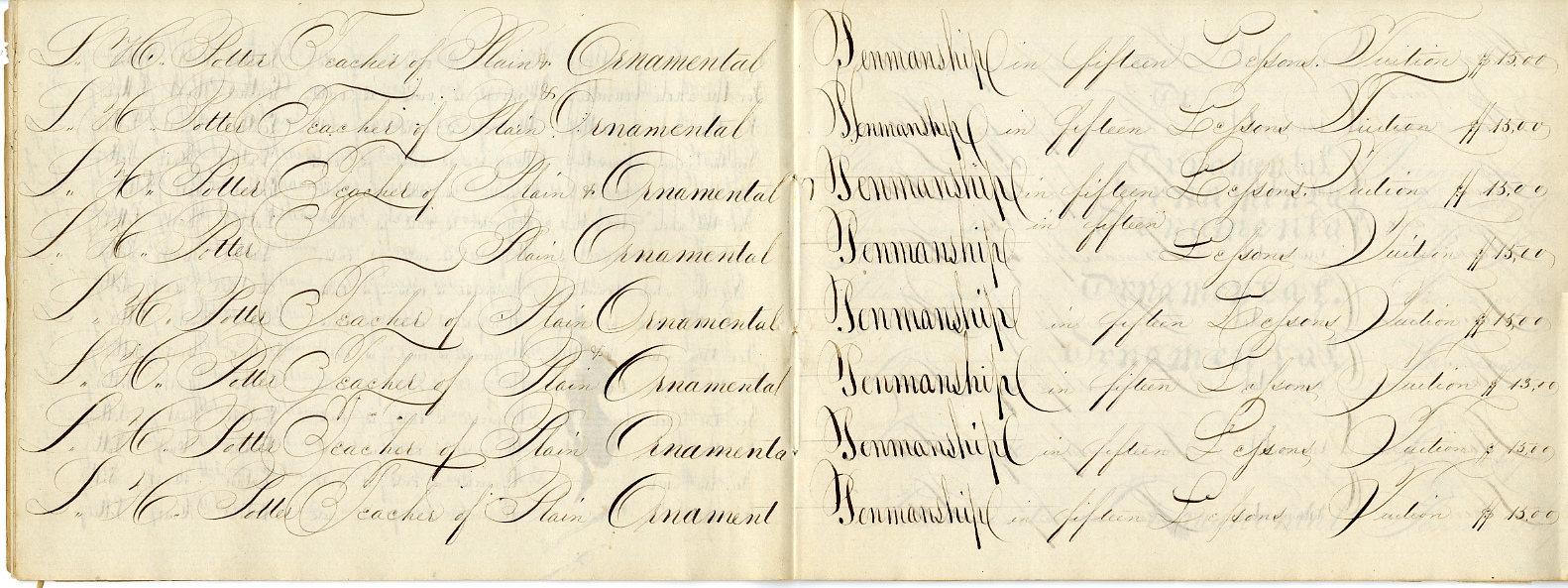
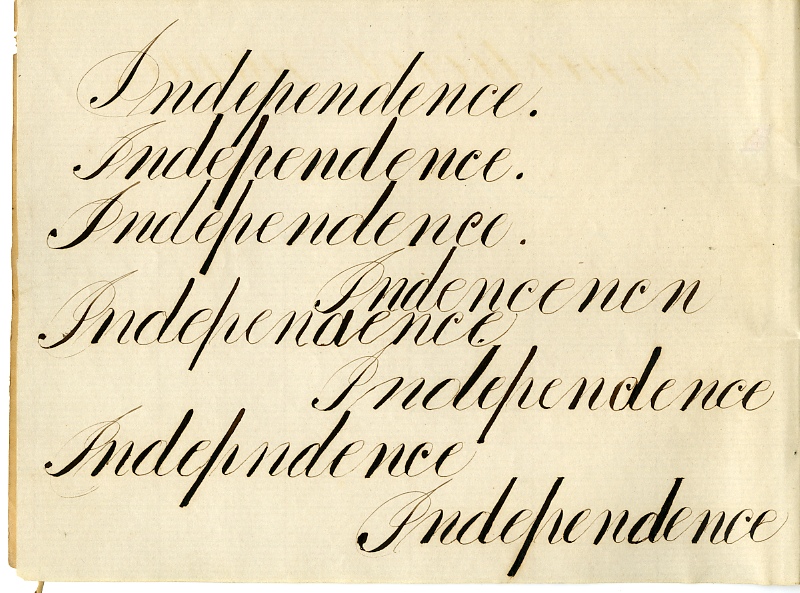
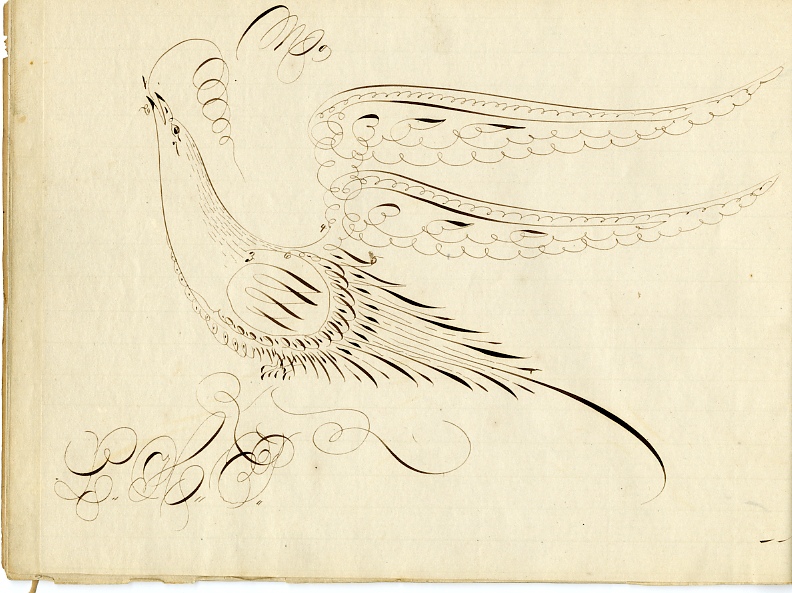


I wish they still focused on penmanship. It is a dying art. Today’s children may never know how to read the pages in this archive, let alone sign their own name. It’s all being done electronically. Sad…
Just beautiful – truly a lost art